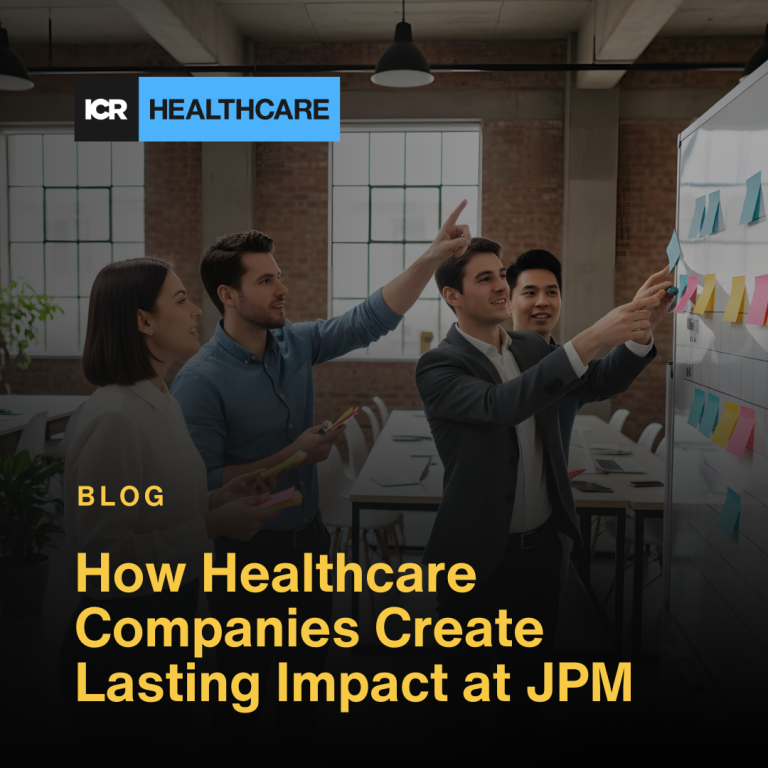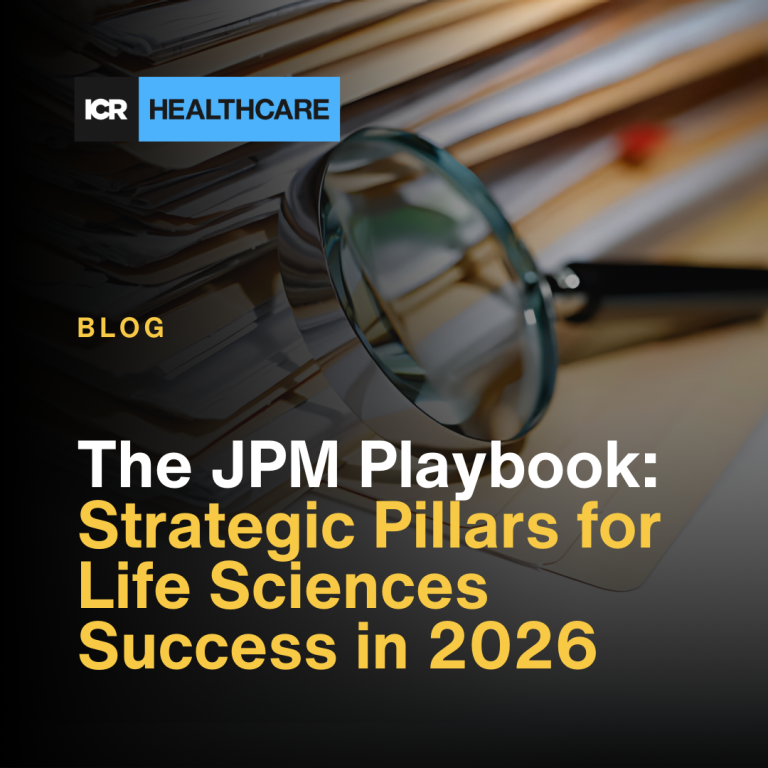ICR Healthcare had the privilege of kicking off the 2025 Truist Digital Health Summit last month where Sameer Khambadkone, Head of Healthcare Capital Markets, and Asher Dewhurst, Managing Director on the Healthcare Technology & Services team, joined industry leaders to discuss investment opportunities and challenges in today’s evolving landscape.
The summit brought together executives from private and public companies across the digital health spectrum, all eager to understand what’s changed since the last IPO wave and how recent market shifts led to two successful IPOs earlier this year: Hinge Health and Omada.
Over the course of two days, we captured valuable commentary from benefits buyers, policy experts, companies and investors. Here are the key themes and insights that emerged.
Market Dynamics Show Cautious Optimism
The digital health market has undergone a significant transformation. The COVID-induced low-interest rate environment accelerated investment and heightened expectations about digital health’s potential. As market conditions normalized, the sector experienced a natural recalibration period that has now evolved into a more mature and selective investment environment.
However, cautious optimism is slowly returning to the capital markets for digital health companies.
While short-term headwinds face healthcare broadly, investors feel more constructive about the medium to long term outlook. Healthcare typically performs well during periods of uncertainty, and digital health solutions are increasingly viewed as defensive investments.
The disconnect between private market valuations and public markets persists, but the new vintage of IPOs represents a higher caliber of companies, which explains why some are coming to market at premiums to their public peers.
Investment Focus Areas Driving Opportunities
The focus for benefits buyers and many investors is on areas that have large addressable markets and address the costliest challenges in the system. The most attractive opportunities involve companies that navigate away from expensive procedures into alternative treatments that lower costs and improve outcomes over time.
With cost-trends increasing rapidly year over year, driven largely by outsized increases in pharmacy expenses, affordability and effectiveness are top of mind. Value is incredibly important with budgets under scrutiny, so buyers are looking for quality experiences that drive the utilization required for improved health outcomes.
Key areas of focus include:
- Musculoskeletal Health
- Diabetes & Weight Management/GLP-1 Cost Management
- Artificial Intelligence
- Behavioral Health
- Digestive/Gastrointestinal Solutions
- Oncology
- Fertility
Telling a Compelling Story to the Public Markets
The standard for IPO readiness has significantly increased since the last wave. Many lower quality companies went public prematurely in the previous cycle, but today’s bar is much higher for IPO candidates.
Critical success factors include:
- Scale and Critical Mass: Companies must demonstrate they can operate at critical mass from day-one as a public company.
- Clear Differentiators:Positioning is crucial, and companies must articulate exactly how they make money.
- Realistic Growth Projections: While communicating total addressable market and growth opportunities is important, overstating these metrics will damage credibility. Profitability or a clear path to near-term profitability is critical for investor confidence.
IPO Readiness Requires Preparation
Success in the public markets begins with strong private company execution. Companies must honestly assess their readiness– if they haven’t consistently exceeded internal plans, they are not ready for IPO scrutiny.
Key Preparation Steps:
- Consistent Execution: Under promise and over deliver consistently before going public.
- Compelling Storytelling: Ensure your narrative is succinct and compelling before broadcasting to the investment community. Practice distilling messages in investor-friendly ways.
- Relationship Building: IPO preparation takes about a year, with significant time needed to build relationships with investors and research analysts. The goal is to have 2-3 meetings with each investor and analyst over the course of approximately two years to build credibility and demonstrate results.
- Roadshow Strategy: IPO roadshow meetings should be confirmatory, not exploratory or educational. Investors don’t want their first meeting with a potential IPO to occur during the roadshow.
Looking Ahead
The digital health landscape continues to evolve, with investors seeking companies that can deliver real value in reducing healthcare costs while improving outcomes. The companies that will succeed in today’s environment are those that combine strong fundamentals with clear differentiation and a realistic path to profitability.
As the market matures, the focus on quality over quantity in both private investments and public offerings will likely continue, creating opportunities for well positioned companies that can meet these elevated standards.



